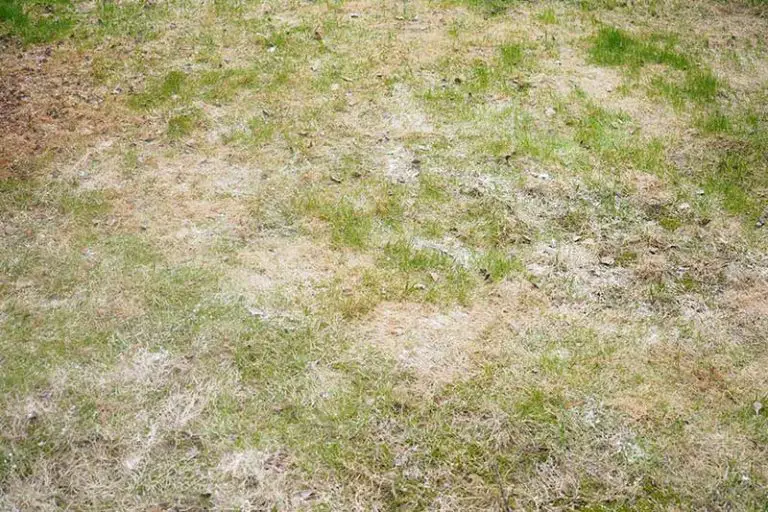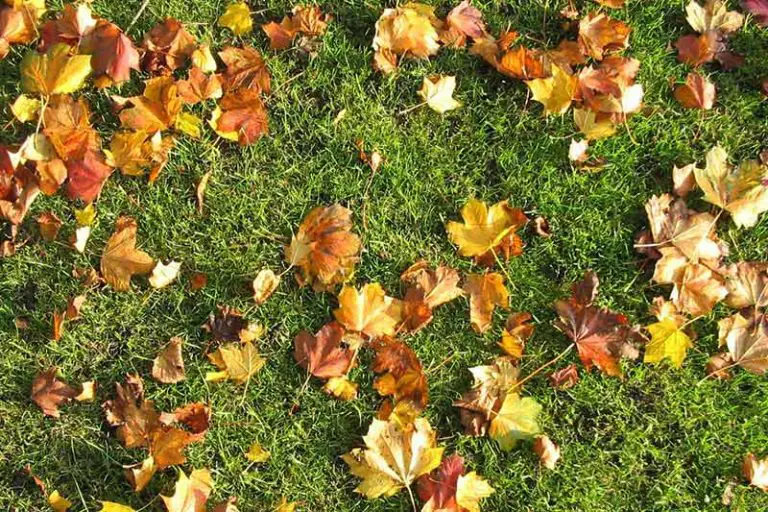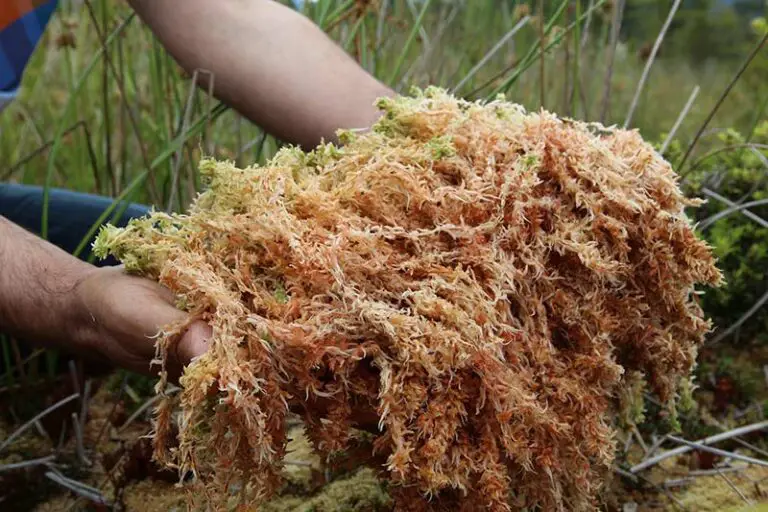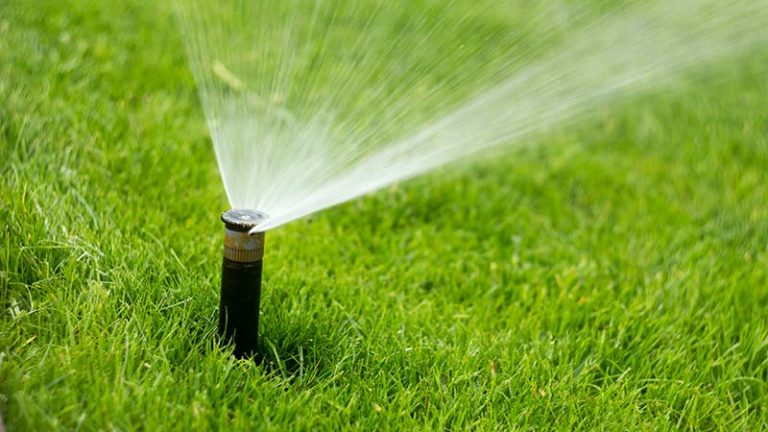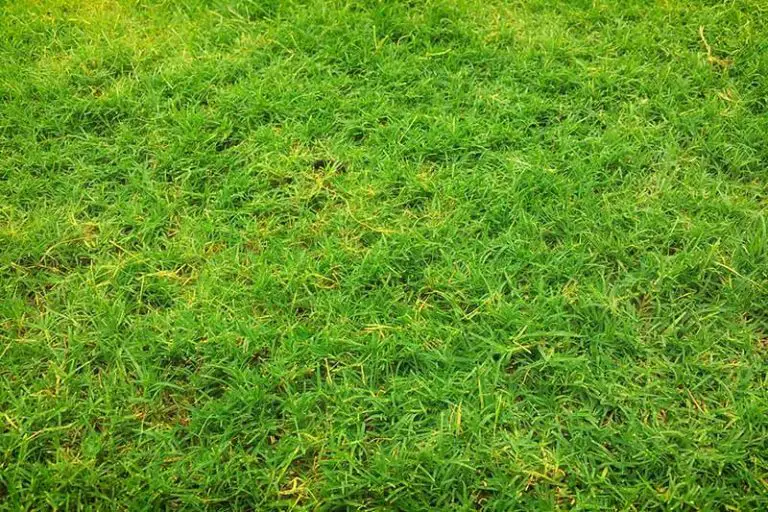Say Goodbye to Unwanted Grass: How to Remove It from Your Lawn
Whether you’re making space for a planting bed or you want to start your lawn from scratch, removing the grass will give you a fresh new bed to work with.
There are several methods you can use to remove grass from a lawn. To remove grass for a garden bed, it’s best to dig up or till the existing turf. To remove grass permanently, you can smother the lawn or treat it with a chemical herbicide.
Why Remove Grass from Your Lawn?
Removing grass from your lawn can set you up with a new space to use for several purposes. You can revive your lawn through overseeding, make space for a new bed, or reduce the size of your lawn to reduce your workload; in all of these situations, you’ll need to first remove the grass.
Revive a Lawn Full of Weeds or Bare Spots
If your lawn is full of weeds or looks patchy and worn out, you may want to remove the grass and plant a new lawn from scratch. If this is the case, you should opt for the tilling method; you can work in amendments such as compost, fertilizer, or a pH adjusting material to get the soil in optimal planting condition for the new grass.
Make Space for Garden Beds
You may want to remove parts of your lawn to make space for new garden beds or to extend beds you already have. Using a method like digging or tilling the grass is suitable if you’re removing the grass for a garden bed.
Reduce Water Consumption and Work
Lawns require a lot of effort to maintain, in addition to the costs of maintenance activities such as irrigation, fertilization, and mowing. This is another reason why you may want to remove grass from your lawn; less grass requires less maintenance to upkeep. By removing your grass, you can reduce the amount of time and money you would otherwise spend on lawn maintenance.
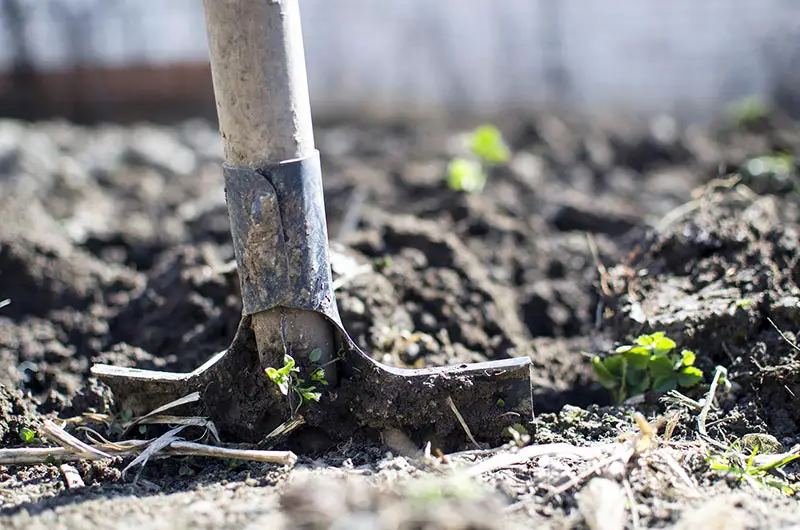
How to Remove Grass for a Garden Bed
The best methods to remove grass for a garden bed are to dig up the grass or till the grass into the soil.
Dig Up the Grass
The fastest way to remove grass from a lawn is to dig it up. This method is simple and will enable you to repurpose the space immediately. You can also remove the sod and use it elsewhere in your yard.
The main drawback to this method is that by removing the grass, you also remove a significant amount of organic matter from the area. If you’re repurposing the area as a garden bed, you’ll need to add the organic matter back through compost and new top soil. This method can also be laborious to carry out, particularly if you need to remove grass from a larger area.
How to Remove Lawn By Digging
1. Water Turf
Give the whole area a light watering a few days before you plan to remove the grass. You should water the soil to the point where it’s moist without being soggy; doing so will make the soil easier to work with without making it too heavy.
2. Cut Turf into Segments
Using an edger or sharp spade, make parallel slices into the turf to create 1 foot wide strips across the lawn. Then, cut the strips into shorter lengths of about 1 feet wide until the turf is divided into 1×1 sections. You can skip making the cross cuts if you want to reuse the turf; leave the segments as longer strips if this is the case.
3. Remove Grass Segments
Begin removing each segment by lifting up a corner of the turf, before sliding your spade underneath the segment to pry it up. Use your tool to cut through the grass’ fibrous roots and any deeper taproots. It may be easier to use a fork for this step if your turf contains a lot of loose soil; this will allow the soil to fall back onto the ground when you remove the lawn segments. If you want to reuse the turf, roll up each section and set them aside.
4. Inspect Soil
After removing the lawn, inspect the subsoil in the area. Remove any debris such as rocks, roots, and clumps of leftover grass. Also look for evidence of pests such as grubs and treat the area with a pesticide if necessary.
Till the Grass into Soil
Another instant method to remove a lawn is to till the grass into the soil. The benefit of this method over complete removal is that it doesn’t remove any organic matter from the lawn. You can further improve the organic content of the soil by adding a layer of compost before tilling.
An issue to consider with this method is that it may unearth weed seeds. The tilling process may bring weed seeds to the soil surface where they can germinate to become a full infestation. If you plan to use the area for planting, wait a couple of weeks after tilling; you can control any weed growth that develops over these weeks before planting anything new in the soil.
How to Remove Lawn By Tilling
1. Prepare Turf
Remove any visible debris from the turf you’re going to till. This includes stones, weeds, roots from trees and shrubs, and anything else that may interfere with the tilling process. This step is important to avoid damaging your tilling equipment.
2. Mark Area of Turf to Be Tilled
Mark the boundaries of the area of grass you want to remove. You can do this by tracing lines on the soil or using lengths of string or lumber around the area.
3. Spread Compost on Area
Spread a layer of compost 4 to 5 inches deep throughout the tilling area. There are many substances you can use as compost, including manure, grass clippings, or leaves. Skip this step if you don’t plan on replanting the area with grass seed or using it as a garden bed; this is only necessary if you need the area to be in good planting condition after tilling.
4. Till the Soil Slowly
Start tilling the soil by walking along the first row of the area. This is easiest with the use of a powered rototiller, such as this SunJoe electric tiller. It’s key to maintain a slow, steady pace, especially if you’re using a powered tilling tool. Allow the tool to thoroughly work the soil in each section of the lawn. Continue to walk in rows until you have tilled the entire area.
How to Remove Grass Permanently
In order to remove grass permanently, you can smother it or use a chemical herbicide to kill it off.
Smother the Grass
If you have a bit more patience, you can smother the grass to remove a lawn. This is a low-effort way to kill the grass without having to use any chemical treatments. Depending on the material you use and the time of year, this process can take up to several months to fully remove the lawn. You can either use plastic sheeting or a layer of cardboard or newspaper for this method.
How to Remove Lawn By Smothering Grass
Using Plastic Sheeting to Smother Grass
Covering the grass with a layer of plastic sheeting will cause the temperature beneath it to rise dramatically. This heat, combined with the lack of sunlight, will gradually kill off the grass. Take note that this method may also kill off beneficial organisms in the soil.
Cover the area of lawn you want to remove with a layer of thick, black plastic sheeting. Anchor the sheeting down at the edges with heavy objects. As plastic is non-biodegradable, you’ll need to remove the sheeting once the grass dies.
Using Cardboard or Newspaper to Smother Grass
Cardboard and newspaper are the better choice when it comes to smothering grass. These materials are biodegradable and will kill the grass by depriving it of sunlight. Without access to the sun, the grass will be unable to photosynthesize and will slowly die off.
Lay 6 to 8 sheets of newspaper or cardboard on the area of lawn you want to remove. As these materials are biodegradable, you can add them to your lawn along with organic materials such as grass clippings, leaf mold, mulch, or compost. An additional layer of organic matter will help to keep the layers in place. Only use newspaper printed with black and white ink as colored ink can contain heavy metals.
Use Herbicide to Kill the Grass
As a last resort, you can use a chemical herbicide to remove a lawn. This method should only be used as a last option as you should try to avoid using chemical treatments whenever possible.
When it rains or you irrigate, these products leech into the local environment as they are carried off by water. They can end up polluting waterways and causing damage to the nearby plant and wildlife. However, you may need to opt for a chemical treatment if the other options aren’t suitable for your lawn.
How to Remove Lawn Using Herbicide
1. Choose Appropriate Herbicide for Killing Grass
Make sure you choose an appropriate herbicide designed specifically for killing grass. Some types of herbicides, such as those for broadleaf weeds, will be ineffective to kill the grass.
2. Wait For Dry Weather
Wait for a period of dry weather before applying the herbicide to your lawn. This is to minimize the risk of chemicals leaching into nearby planting areas and waterways through rainfall. You should also wait for a calm, non-windy day to prevent the product drifting onto areas of wanted growth.
3. Apply Herbicide to Grass
Apply the herbicide to the grass in the area of lawn you want to remove. Remember to wear protective clothing like gloves. Check the label of your chosen product for exact application and safety instructions, including how long to wait between application and planting if you’re going to replant the area.
4. Reapply Herbicide if Necessary
It may take several applications of herbicide to completely kill off an established lawn. It takes several days for herbicides to work; as these products are post-emergent, they have no effect on grass and weed seeds. These seeds may later sprout into new growth after the original grass dies off. Follow the recommendations according to your product for repeated applications.
What to Do After Removing Grass
If you’re replanting the lawn or removing the grass for a garden bed, there are some steps you should take after the grass is gone. Even if you used a method that enables you to plant straight away, some preparation will significantly improve the growing conditions in the soil.
Test the Soil
Before planting anything new in the soil, you should first conduct a soil test. The results of this test will show you the pH level and nutrient content of the soil; you can use these results to determine what amendments you need to add to get it into optimal growing condition.
You can either test your soil yourself using an at-home kit, or send a sample to a lab for professional testing. At-home test kits like this testing kit from Luster Leaf are cheap and easy to use, and will produce basic information about your soil. A professional test on the other hand will generate more accurate results about your soil’s pH and nutrient content.
Level and Grade the Soil
After you remove the grass, this is the ideal time to grade and level the soil. For whatever reason that you removed the grass, it will likely be necessary to level the soil before you can repurpose the area.
Level the soil by filling in low spots and reducing high spots on the soil surface to create a flat bed. Make sure to also grade the soil to improve drainage in the lawn, sloping the soil surface away from your property.
Treat Soil for Pests
The grass removal process may expose pest issues that you weren’t previously aware of. Inspect the soil in the removal area for evidence of pests such as grubs and insect larvae. Treat any infestations with an appropriate insecticide before reseeding or planting.
Treat Soil for Weeds
Depending on the process you used, you may also need to treat the area for weeds after removing the grass. If you smothered the grass, this won’t be necessary; by blocking its access to the sun, the sheeting will prevent the growth of weeds in the area in addition to removing the grass.
However, if you use the tilling or digging method, it’s likely that the area will experience some weed growth. These processes bring up weed seeds in the soil to the soil surface, where they germinate into established weeds. The turf is also more vulnerable to weed growth as there’s no grass to outcompete the weeds. If this is the case, treat the area with a weed killer before reseeding or planting. Make sure to leave enough time between the weed killer application and planting as per the instructions for your chosen product.

